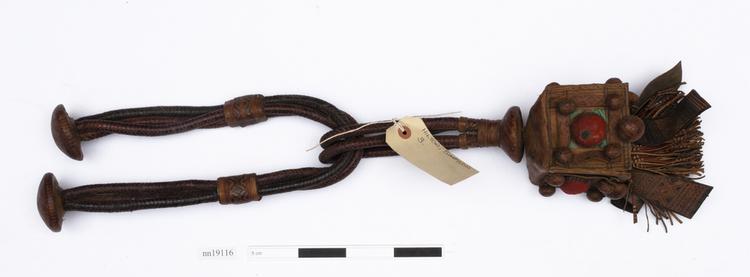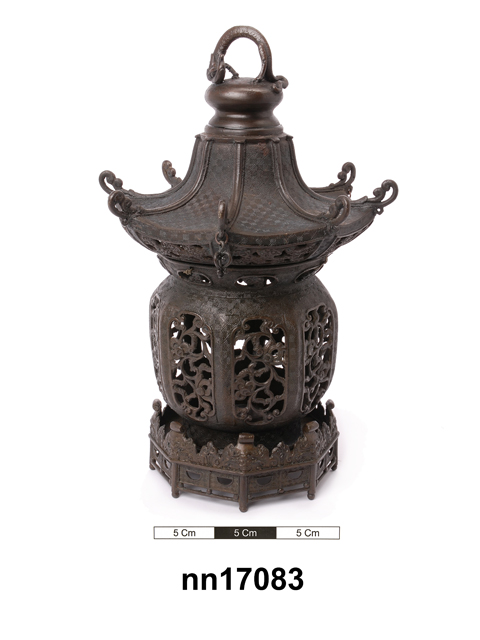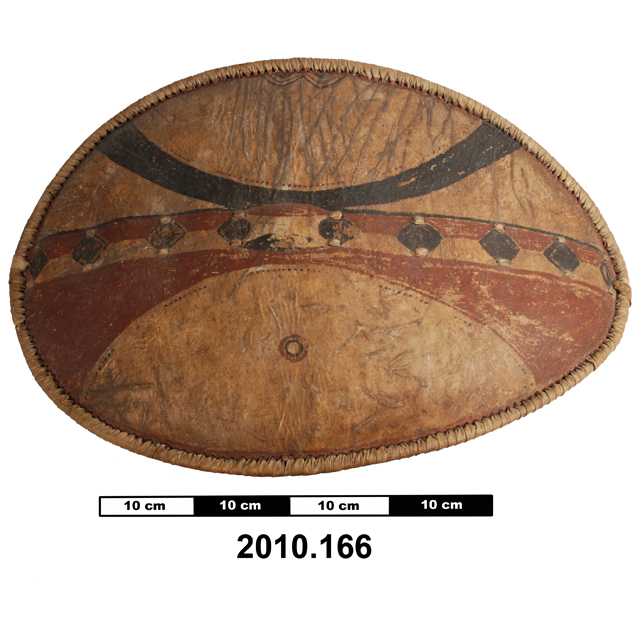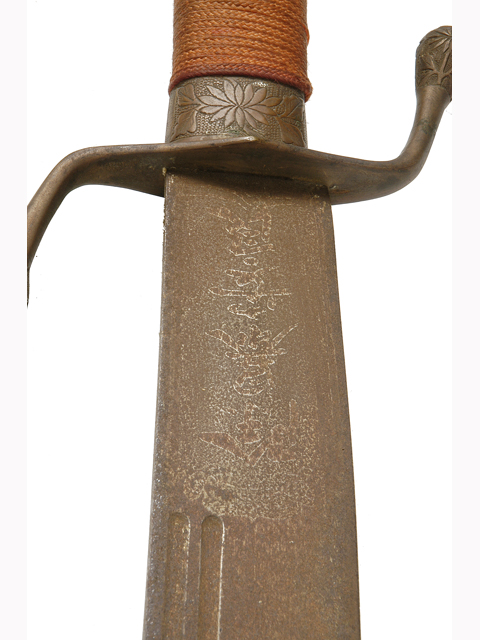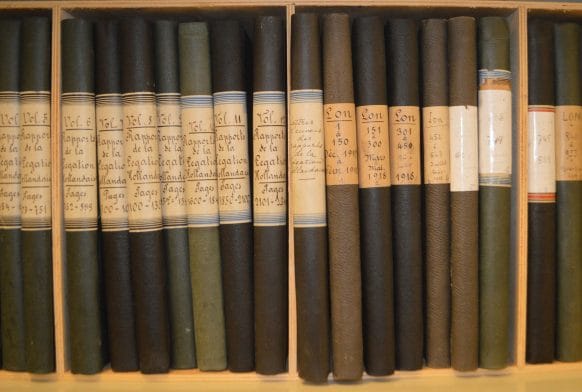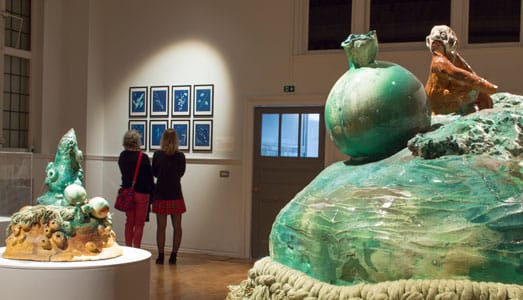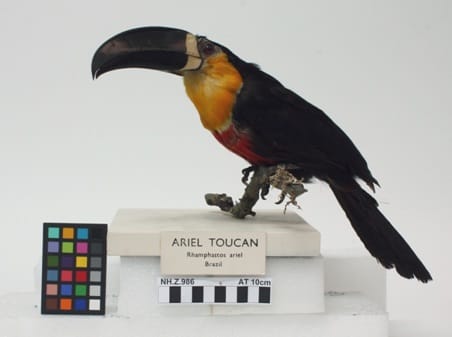Large unvarnished gourd bowl. Patterns carved into outside of bowl, with a sun pattern on the base.
Gourds grow best in a dry climate as they mould and rot easily. When the gourd is fully dry it will be very light in weight, the seeds will rattle inside and the outer shell will be very hard. Only then is it ready to be prepared for use. The soft outer skin is scrubbed off and the hard outer skin can be carved, incised, burnt, painted or dyed for decoration, or even just polished to show its natural colours. Most gourds used as household utensils will be undecorated or very simply decorated. The patterns on this example have been carved in stripes around the bowl. The maker is unknown but this is a simple decoration that does not require a high level of skill. This gourd may have been made for the tourist market but is also fairly typical of the type of bowl used in many households.



